Synopsis
Digitisation is the need of the hour and such application will be useful for the new generation
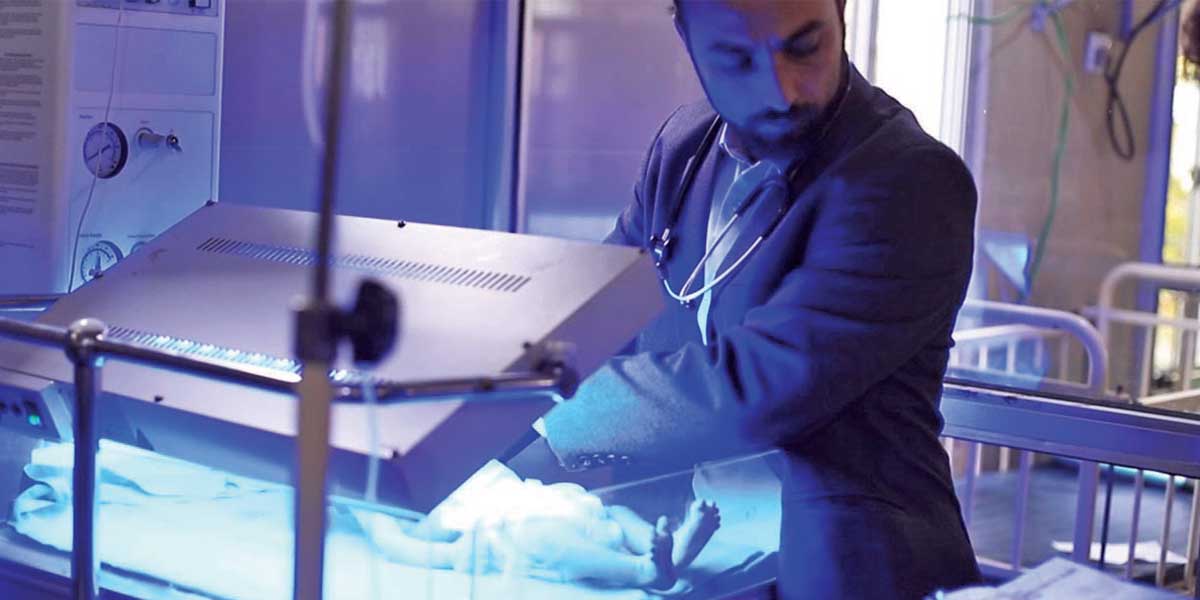
The government of Khyber Pakhtunkhwa (KP) has launched the ‘Mashoom Application’ programme for the newly merged tribal district of Pakistan.
The Application aims to educate pregnant women and the heads of their families regarding maternal health in the tribal district.
The information technology move will connect them to the nearby medical centers to avail the maternal health facilities in the former Federally Administered Tribal Areas of Pakistan (FATA).
The digital initiative is designed by the provincial government to reduce maternal and child mortality rates in tribal districts of the K-P province of the country.

Muhammad Rehan, a father of two and a correspondent for the national media in Pakistan, is aware of the maternal health issues, but terms the Application of no use for the tribal area of Pakistan.
The tribal based journalist said that “Women in the tribal areas are not getting any benefits from the Mashoom Application as there are a number of reasons and issues present in the tribal belt of Pakistan”.
Giving an example he said, “My wife has an android mobile phone but she is illiterate and does not know how to operate the cell phone, then how will she benefit from such an application?” Rehan questioned.
Furthermore, the Kurram based journalist said, “The female literacy rate in erstwhile Fata is only 7.8 per cent, which is far below the national average and with such numbers, can women have access to digital application”, he coined another question.

He elaborated that the females or families included in the 7.8 percent literacy rate are not availing health facilities in the tribal district of Pakistan, because such families or women are living in the tribal belt of Pakistan, Rehan added.
While commenting on the current situation of the tribal district he said, “The government at regular intervals restricts access to the internet or completely blocks it due to the deteriorating security situation”.
He said, “The advancement towards digitalisation is good but for the tribal belt, it seems a bit early as the areas still lack easy access to the internet, while the rest of the world is enjoying digital rights and have access to various online facilities”, he added.
However, he concluded by saying that if, in the upcoming days, the internet gets fully restored then such application will be more effective and for people living in the mountainous areas of the tribal belt can be facilitated digitally.
In Pakistan – the highest birthrate in South Asia, newly born babies face a 1-in-22 chance of expiring within the first month, and the tribal areas of the country have an alarming maternal and neonatal mortality rate in the world.
In the tribal districts of the country, the maternal mortality rate is 140pc higher while the infant mortality rate is 60pc higher as compared to the other areas of the K-P. Only 50pc women give birth under the supervision of skilled medical staff in the remote areas where, according to an estimate, some 87 deaths per 1,000 new births are recorded in both genders.
In order to know the health situation in the tribal areas of Pakistan, Bol News contacted Wisal Yousufzai, a Peshawar based journalist who has been covering the health sector for the last eight years.
He terms the tribal’s health sector as the first casualty of war on terror in Pakistan.
The journalist argued that the tribal districts has suffered due to the prolonged war on terror and the health infrastructure in the former FATA of the country.
While elaborating he said that there have been attacks on several health facilities in the former FATA that comprised seven tribal agencies and six frontier regions which are collectively bordered on the west by Afghanistan.
While throwing light on the current situation here he said that after FATA merged with the K-P province in 2018, people hoped that the health sector would see a marked improvement but even after four years, the situation remains bleak.

He apprised that people from the tribal areas of Pakistan still take the patients to Peshawar (the provincial capital of K-P) for treatment, even those patients who require minor procedures are taken to the big city, Yousufzai added.
Highlighting the data available on media he said that in the tribal areas, the availability of public hospitals and doctors are limited for the public, for instance for some 4,200 people, there is only one health facility while only one doctor is available for 7,800 people. To compound the misery, only one dentist is available for 14,800 people, furthermore he highlighted. Although some hospitals have been set up by the Pakistan Army and the Government of Pakistan, due to the lack of electricity and sufficient medical professionals, the hospitals fail to do the needful.
Answering a query regarding the health digitalisation of the tribal belt, the health reporter responded that the digitisation is the need of the hour and such application will be useful for the new generation.
While concluding he said the basic health indicators like infant and maternal mortality rates have worsened; leaving a question mark on the Pakistan government’s commitment to meet the goal.
Catch all the Breaking News Event and Latest News Updates on The BOL News
Download The BOL News App to get the Daily News Update & Live News.
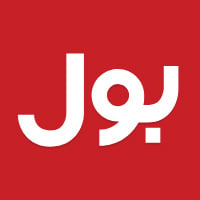




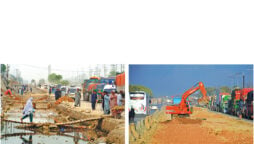

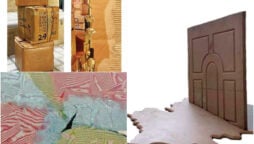
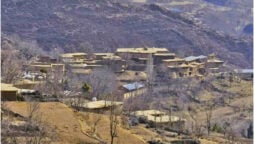
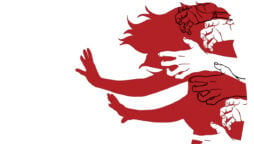
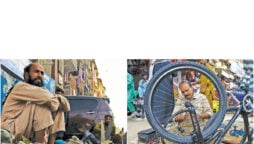

 Read the complete story text.
Read the complete story text. Listen to audio of the story.
Listen to audio of the story.